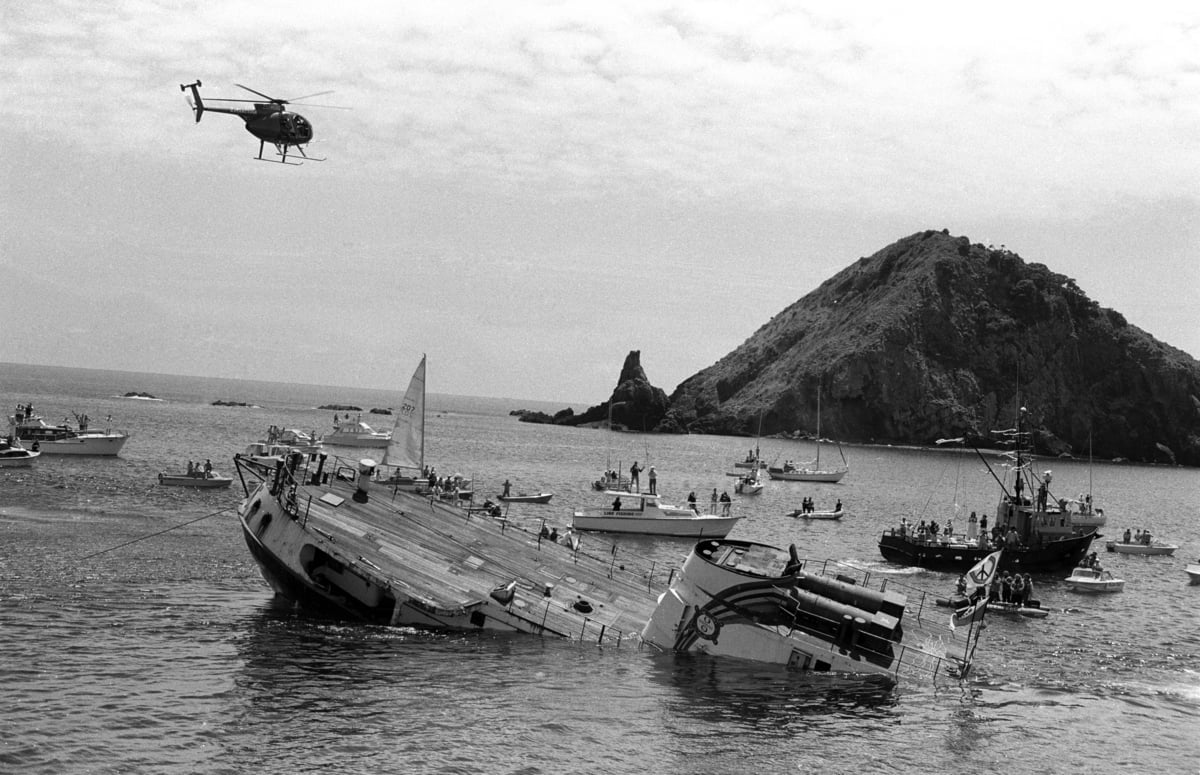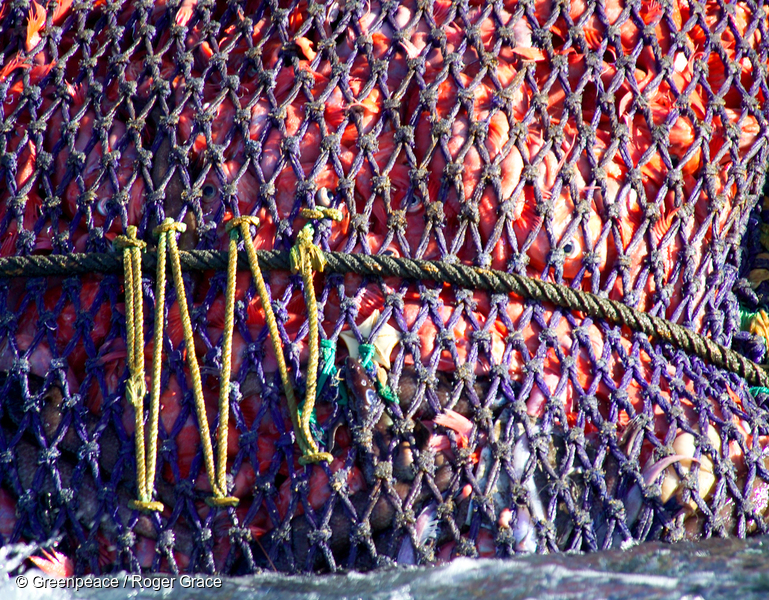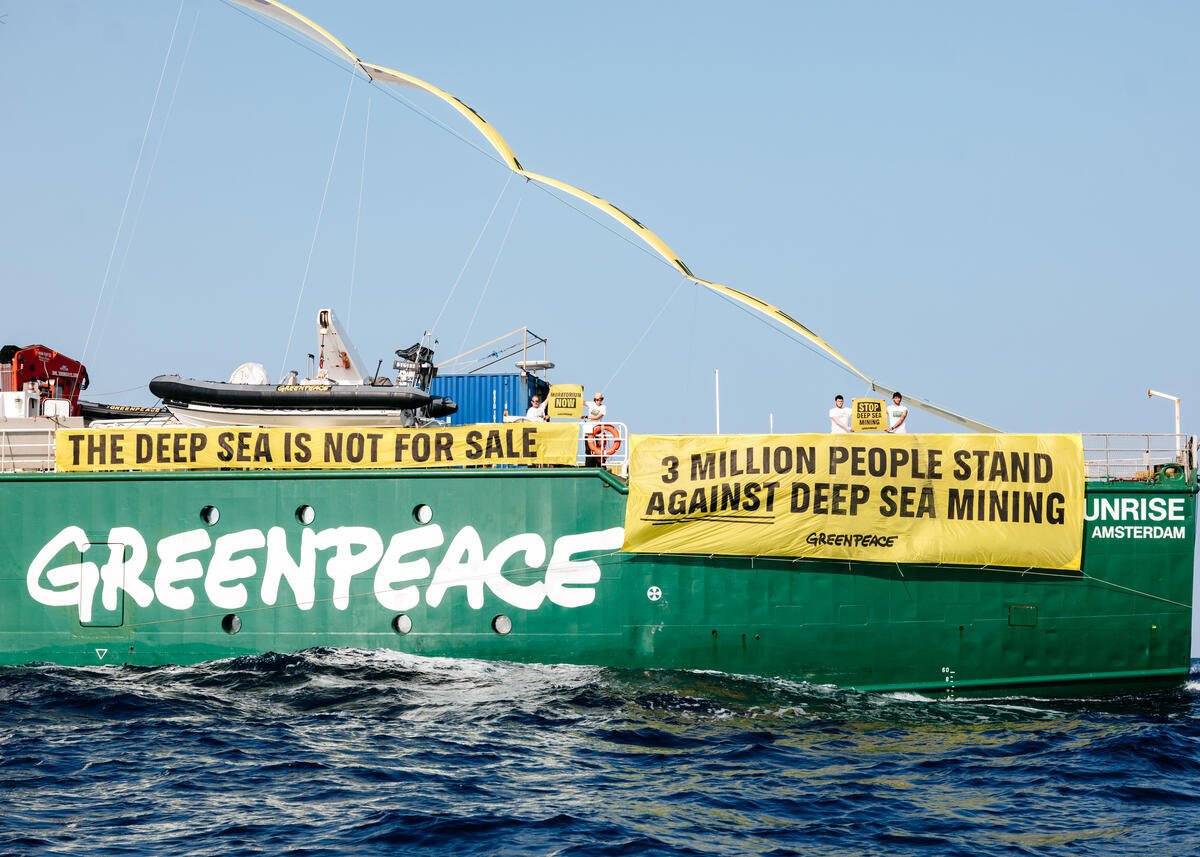There are enormous mountains under the sea. And these mountains are covered in unique and diverse lifeforms. Here are five things you need to know about seamounts – the mountains of the ocean.
Seamounts were once volcanoes
Seamounts are large submarine volcanic mountains, formed through volcanic activity and submerged under the ocean. Though they were once seen as nothing more than a nuisance by sailors, scientists have discovered that the structures of seamounts form wildlife hotspots. The steep slopes of seamounts carry nutrients upwards from the depths of the seafloor towards the sunlit surface, providing the sea life with nutrient-rich food.
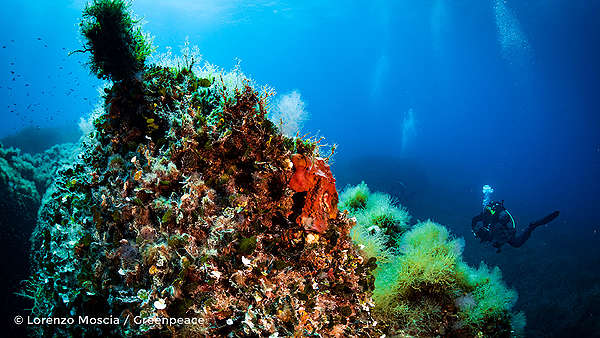
Mount Vema is as high as 767 giraffes piled on top of each other
The Vema seamount was discovered in 1957 (some sources say 1959) by an Oceanographic Research vessel with the same name. From the ocean floor, it stretches 4 600m high. That is 4,5 times higher than the iconic Table Mountain in South Africa, or as high as 767 giraffes piled on top of each other . Which also means that the peak of Mount Vema is just 26m below the ocean surface, so it will be possible for Greenpeace to go there with human divers and show the amazing biodiversity of the region.
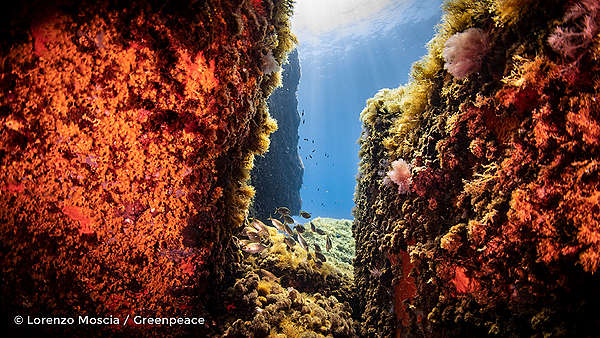
The first explorers of Mount Vema were on a hunt for diamonds
The discoverers initially hoped to find large diamond deposits on Vema. Instead they found another kind of wealth: the Tristan rock lobster or Jasus tristani, a lobster species that is otherwise found only on the Tristan da Cunha archipelago about 1,000 nautical miles away. This kind of lobster enjoyed great fame among seafood lovers and sold for a good price, before it became virtually extinct at Mount Vema due to overfishing. The population of Tristan lobsters still hasn’t recovered to this day
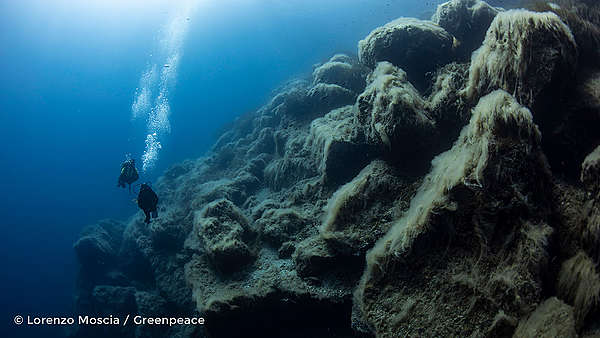
Mount Vema is littered with abandoned fishing gear
Now, instead of Tristan lobsters, surveys in the area only find old discarded fishing equipment, a deadly trap for numerous animals. Abandoned fishing gear, called “ghost gear” continues to catch sea creatures as if they were still being used, snaring and entangling species that cannot free themselves and end up dying. This damages both marine life and the fisherman who lose part of their potential catch.
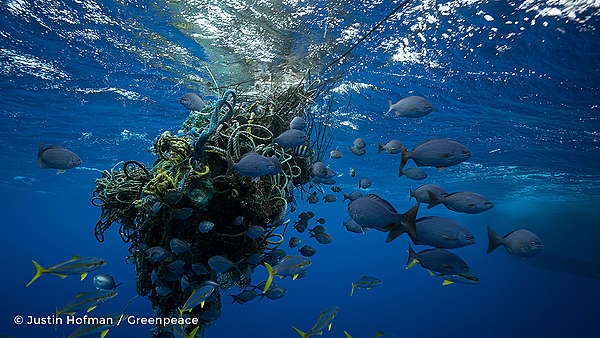
A Global Ocean Treaty could help protect this place
Seamounts like Mount Vema are often found miles from countries’ national waters, far out on the high seas. That makes it difficult to give them proper protection, as the gaps in existing regulations can be easily exploited by destructive industries. This is why we are campaigning for a global treaty to protect the high seas, so that unique ecosystems like Vema’s can finally be protected effectively.
Greenpeace is going from pole to pole to show the biodiversity, threats and possible solutions to protect our oceans, and Mount Vema is the next stop.
New Zealand has seamounts too
There are thought to be over 700 seamounts in the waters around New Zealand. From those on the Chatham Rise to the Kermadec Ridge, these incredible underwater mountains vary in size, shape and varieties of life. But the life here has also been put under intense strain from commercial fishing companies – that have targeted these underwater mountains for decades because they often attract fish species like orange roughy. On some seamounts, ancient corals create the perfect habitats for a diverse range of life, acting as a nursery and breeding ground for a whole host of creatures.
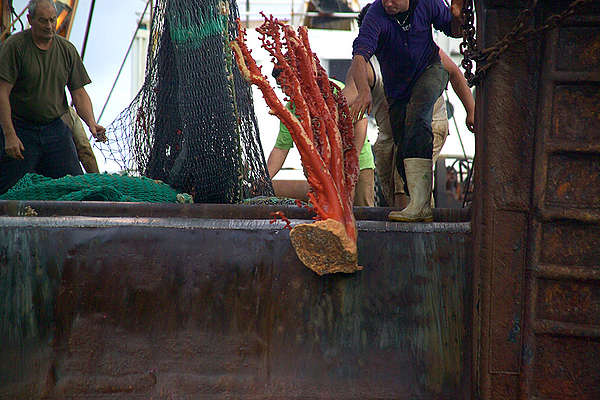
But bottom trawling destroys these ancient coral forests and all the life that would congregate there. A report from NZ scientists found that seamounts on the Chatham Rise, east of New Zealand, had not recovered from trawling – fifteen years later.
Protecting these vital habitats is paramount to the health of our oceans. And we need both a Global Treaty and action at home to get there.
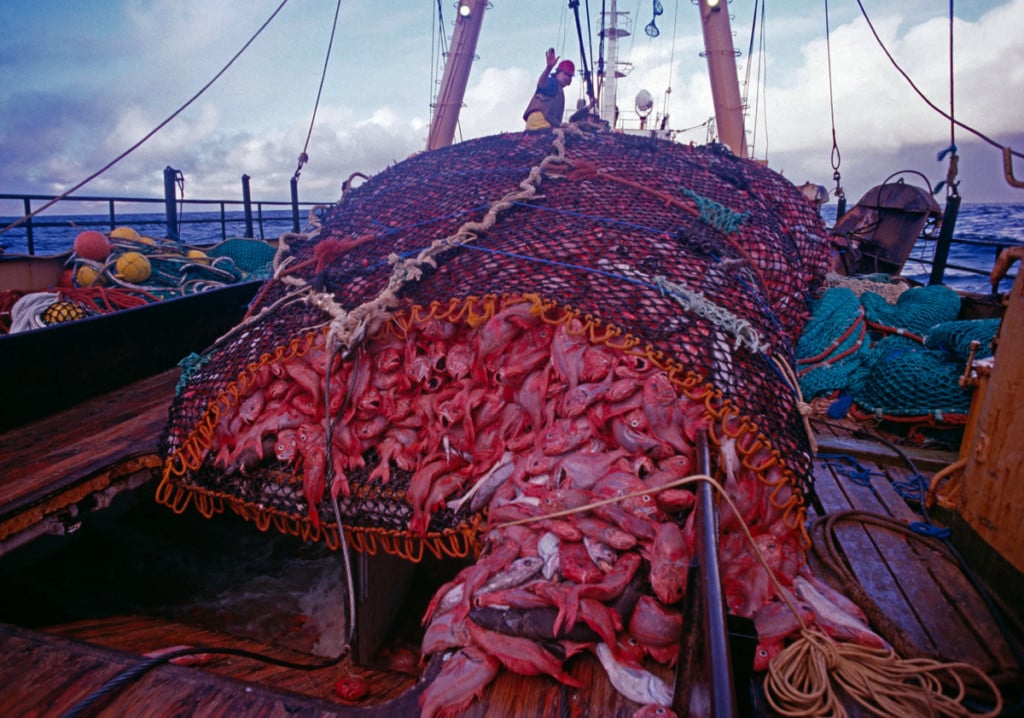
At home and far out to sea, our oceans are being plundered for profit by the fishing industry through bottom trawling. But what is bottom trawling and why is it so destructive to ocean habitats?
Take Action

